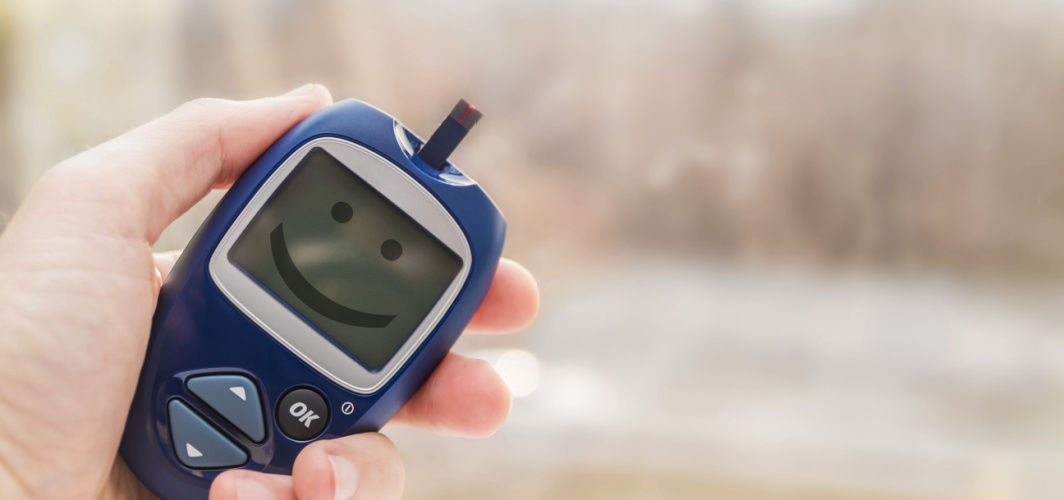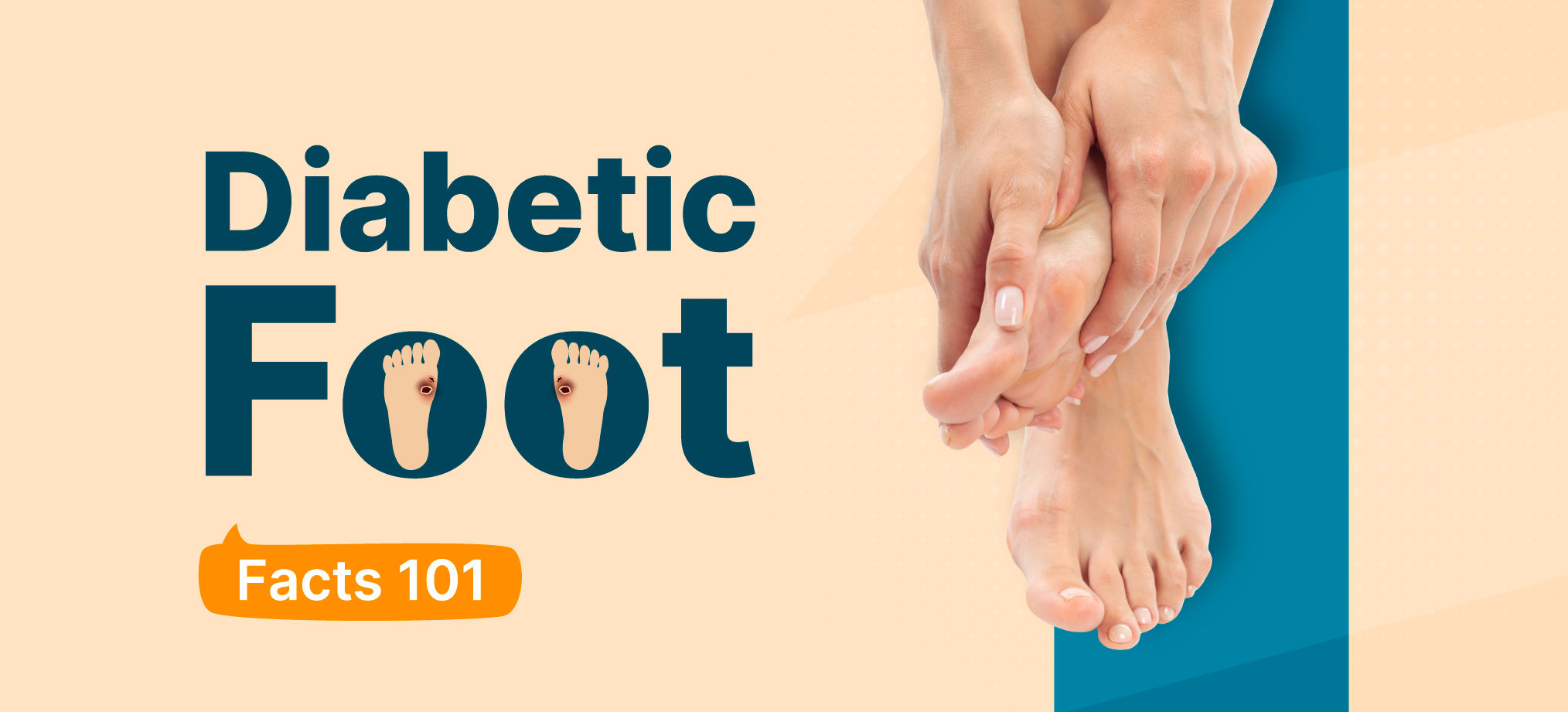Diabetes Management
How to Check Sugar Levels After a Meal?
2 min read

Managing blood sugar levels is an important aspect of diabetes care, and monitoring your sugar levels after meals can provide valuable insights into how different foods and portions affect your body. Here's a comprehensive guide on how to check sugar levels after a meal to help you maintain better control of your diabetes.
1. Use a Glucometer
The primary tool for checking post-meal sugar levels is a glucometer, a small and portable device that measures blood glucose levels. Before you start, ensure that the pricking area is clean and the device is properly calibrated according to the manufacturer's instructions.
2. Timing Matters
To get an accurate reading, it's essential to check your sugar levels at the right time. Typically, it's recommended to test 1 to 2 hours after your meal. This timing allows you to see how your body processes the carbohydrates from your meal.
3. Hand Hygiene
Before testing, wash your hands thoroughly with soap and water. Residues from food or other substances on your fingers can contaminate the test strip, leading to inaccurate results.
4. Prepare the Lancet Device
Most glucometers use a lancet device to prick your fingertip for a blood sample. Follow the instructions provided with your device to prepare and use the lancet.
5. Obtain a Blood Sample
Place a test strip into the glucometer and use the lancet device to prick the side of your fingertip. Gently squeeze your fingertip to collect a small drop of blood and apply it to the test strip.
6. Wait for the Reading
The glucometer will analyse the blood sample and provide a numerical reading of your sugar level on its display screen.
7. Record Your Results
Make it a habit to keep a record of your post-meal sugar levels. This tracking helps you and your healthcare provider identify patterns and make necessary adjustments to your diabetes management plan.
8. Interpret the Results:
Understanding your post-meal sugar levels is crucial. In general, the normal post-meal blood sugar level for individuals with diabetes is under 180 mg/dL.
9. Take Action:
Based on your post-meal sugar levels, you and your healthcare provider can decide if any changes are needed in your diet, medication, or exercise routine.
10. Seek Guidance:
Always consult with a diabetologist for guidance on monitoring and interpreting your post-meal sugar levels. They can provide personalised advice and help you create a comprehensive diabetes management plan.
Conclusion
Checking sugar levels after a meal empowers individuals with diabetes to make informed decisions about their dietary choices and medication. It's a valuable tool for achieving better blood sugar control and ultimately improving overall health and well-being.
Diabetes Management
Consult Top Diabetologists
View AllLeave Comment
Recommended for you

Diabetes Management
6 Tips To Prepare For Diabetes Test
Diabetes is a chronic condition that needs to be diagnosed early to prevent complications. Diagnostic tests quickly detect high blood sugar levels. Though painless and quick, preparation can take hours due to fasting overnight. This article will guide you on how to prepare for the test.

Diabetes Management
Your 5 Favorite Sweets and Their Healthier Alternatives
During festive seasons, savouring sweets is a cherished tradition. However, for those managing diabetes or pursuing a healthier lifestyle, enjoying traditional sugar-laden treats might not be ideal. Whole wheat gulab jamun, baked jalebi, brown rice pudding ( brown rice kheer), cottage cheese (paneer) rasgulla, and sugar-free barfi are a few healthier options that can be consumed without spiking your blood sugar levels. By making simple yet smart ingredient substitutions like whole grains, sugar substitutes, and alternative preparation methods, you can relish your beloved festive treats.

Diabetes Management
Prevention Tips For Diabetes Foot Infection
In case of uncontrolled diabetes, high blood sugar levels can damage the blood vessels and nerves, resulting in poor blood circulation. This can increase the risk of foot ulcers and infections. The reduced blood flow and loss of sensation in the feet can make it difficult to detect injuries or infections, leading to delayed healing and potential complications.
Subscribe
Sign up for our free Health Library Daily Newsletter
Get doctor-approved health tips, news, and more.
Visual Stories

8 Fruits That are Incredibly Healthy for Diabetes
Tap to continue exploring
Recommended for you

Diabetes Management
6 Tips To Prepare For Diabetes Test
Diabetes is a chronic condition that needs to be diagnosed early to prevent complications. Diagnostic tests quickly detect high blood sugar levels. Though painless and quick, preparation can take hours due to fasting overnight. This article will guide you on how to prepare for the test.

Diabetes Management
Your 5 Favorite Sweets and Their Healthier Alternatives
During festive seasons, savouring sweets is a cherished tradition. However, for those managing diabetes or pursuing a healthier lifestyle, enjoying traditional sugar-laden treats might not be ideal. Whole wheat gulab jamun, baked jalebi, brown rice pudding ( brown rice kheer), cottage cheese (paneer) rasgulla, and sugar-free barfi are a few healthier options that can be consumed without spiking your blood sugar levels. By making simple yet smart ingredient substitutions like whole grains, sugar substitutes, and alternative preparation methods, you can relish your beloved festive treats.

Diabetes Management
Prevention Tips For Diabetes Foot Infection
In case of uncontrolled diabetes, high blood sugar levels can damage the blood vessels and nerves, resulting in poor blood circulation. This can increase the risk of foot ulcers and infections. The reduced blood flow and loss of sensation in the feet can make it difficult to detect injuries or infections, leading to delayed healing and potential complications.